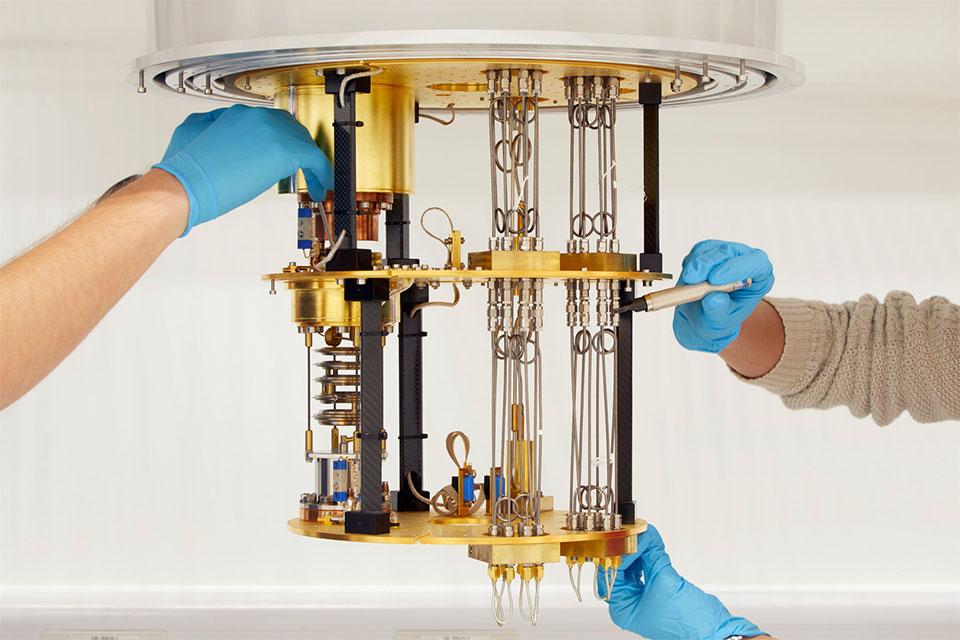Dean M. DeLongchamp, Material Measurement Laboratory, National Institute of Standards and Technology
Maud Schmitt
Orientation and conformation in nanoscale amorphous regions often dominate the properties of soft materials. Robust correlations between structure in these amorphous regions and important properties are not well developed due to a lack of measurements with high spatial resolution and a sensitivity to molecular orientation. I will describe our approach to solving this issue using polarized resonant soft X-ray scattering (P-RSoXS), which combines principles of soft X-ray spectroscopy, small-angle scattering, and data fusion with real-space imaging to produce a molecular scale structure measurement for soft materials.
I will focus on recent results from polarized resonant soft X-ray scattering (P-RSoXS) measurements of semicrystalline polymers and nanocomposites. Our analysis approach enables the quantitative extraction of orientation details from nanoscale glassy regions with a spatial resolution of ≈ 2 nm, and comparisons with advanced transmission electron microscopy modes. This work is now accelerated by a powerful software code base using parallel computation across graphics processing units (GPUs) for the forward-simulation of P-RSoXS patterns. When analyzed by these approaches, P- RSoXS measurements show great promise for informing and guiding the processing and synthetic design of soft materials.

